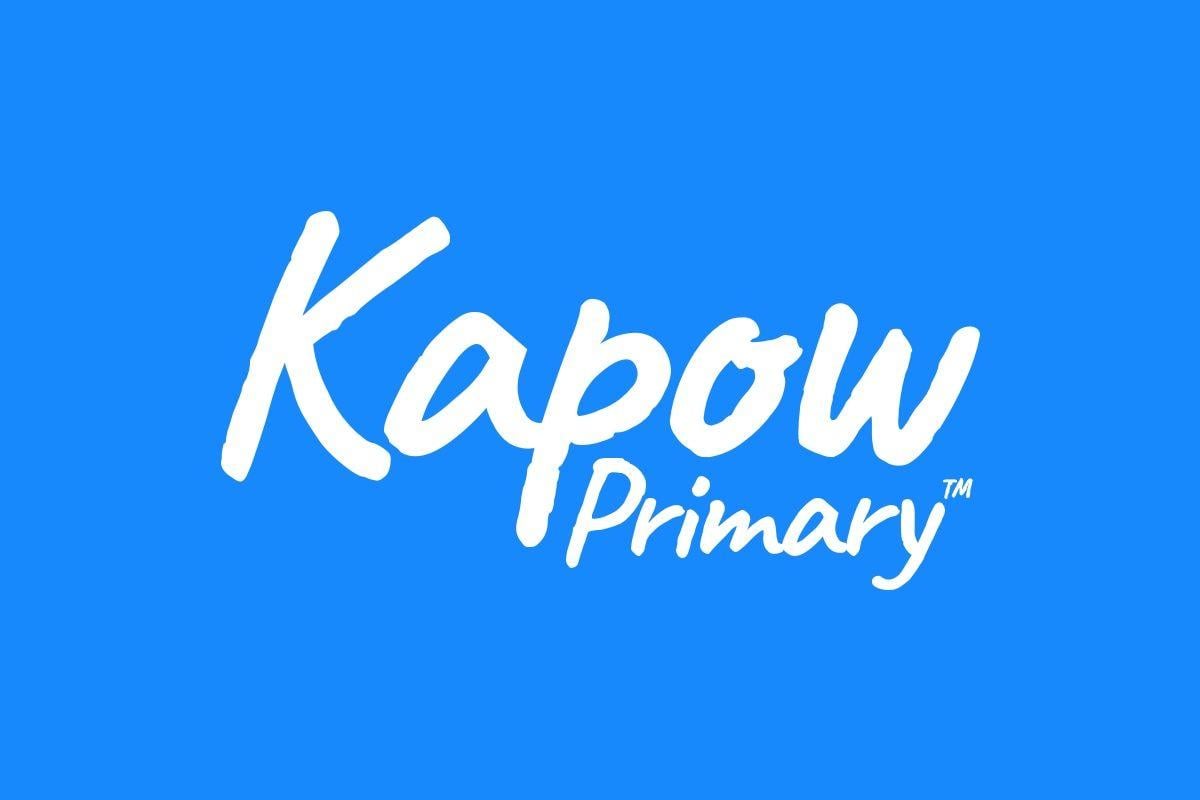Learning objective
- To understand that computational thinking is made up of four key strands.
Success criteria
- I can identify the four strands that make
This content is for subscribers only. Join for access today.
National curriculum
Computing
Pupils should be taught to:
- Use
This content is for subscribers only. Join for access today.
Cross-curricular links
Mathematics
Number – multiplication and division
Pupils
This content is for subscribers only. Join for access today.
Before the lesson
This content is for subscribers only. Join for access today.
Lesson plan
Recap and recall
Before starting this unit, check that the children can recall: Decomposition is breaking something down into smaller chunks. A code is a set of instructions that tell a computer what to do. Debugging is the process of fixing code when it does not work.
This content is for subscribers only. Join for access today.
Extended-mode explainer videos
How to extend your display to view the lesson page and preseantion mode simultaneously. Choose your operating system below to watch the video
If you need further support with extending your display,
please contact [email protected].
Extended-mode explainer video: For Mac
Extended-mode explainer video: For Windows
Adaptive teaching
Pupils needing extra support
Should have new vocabulary reinforced by connecting it with the activities (e.g. for abstraction, ask them to reflect on the skill of picking out the most important features of an object to draw it in its simplest form); could watch parts of the Teacher video: What is computational thinking?
Pupils working at greater depth
Should consider other examples of when they have used computational thinking (e.g. using RUCSAC to solve maths word problems); could write or draw a diagram showing a step-by-step method to solve problems.
This content is for subscribers only. Join for access today.
Assessing progress and understanding
Pupils with a secure understanding indicated by: understanding of what the core strands
This content is for subscribers only. Join for access today.
Vocabulary definitions
-
abstraction
Identifying the important detail and ignoring irrelevant information.
-
algorithm design
Creating a formula or set of instructions to solve a problem.
This content is for subscribers only. Join for access today.
In this unit
Assessment - Computing Y4: Computational thinking
Lesson 1: What is computational thinking?
Lesson 2: Decomposition
Lesson 3: Abstraction and pattern recognition
Lesson 4: Algorithm design
Lesson 5: Applying computational thinking

